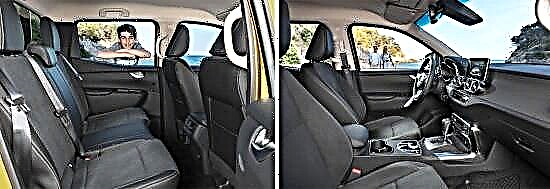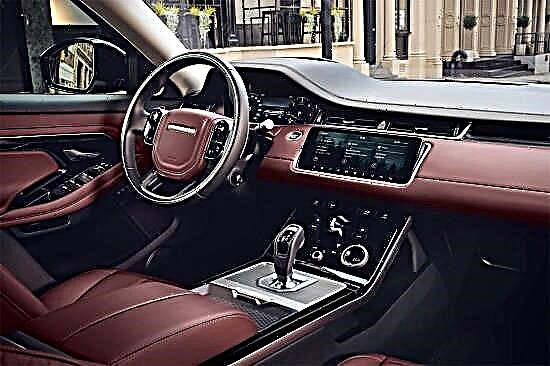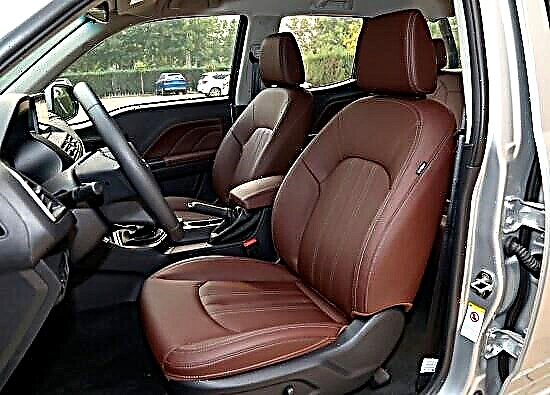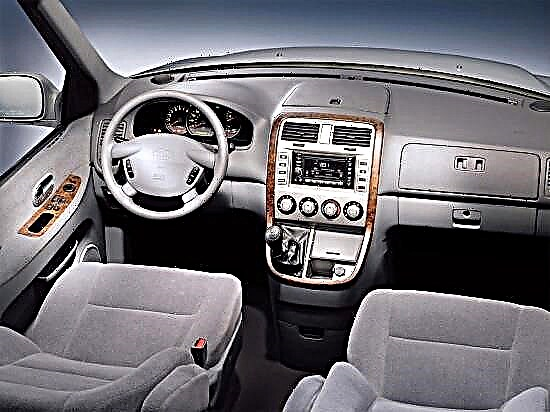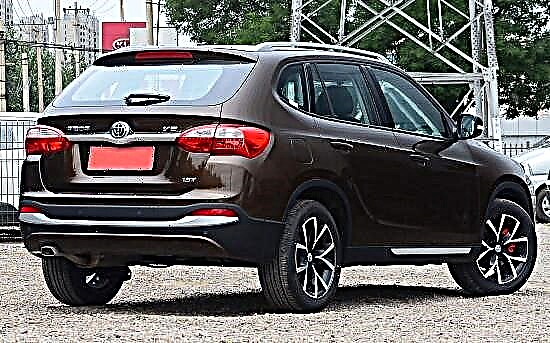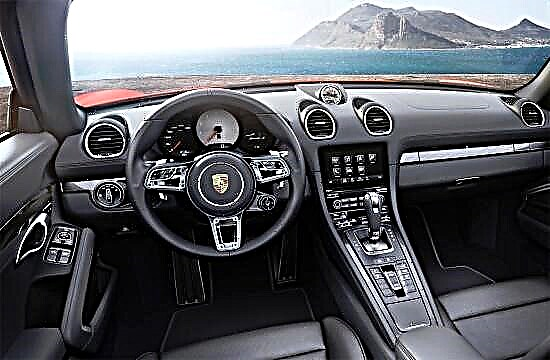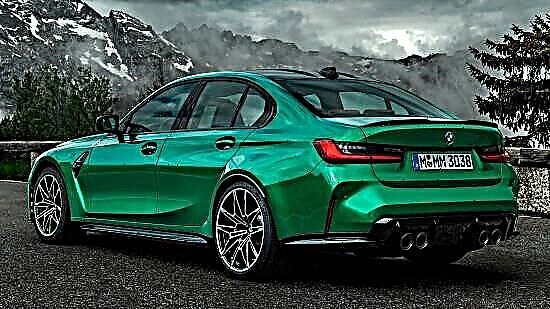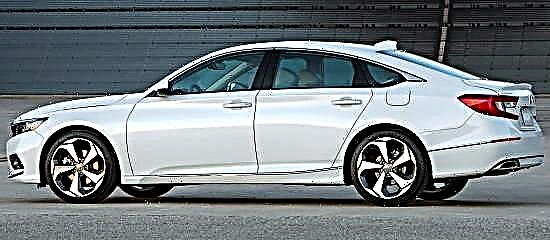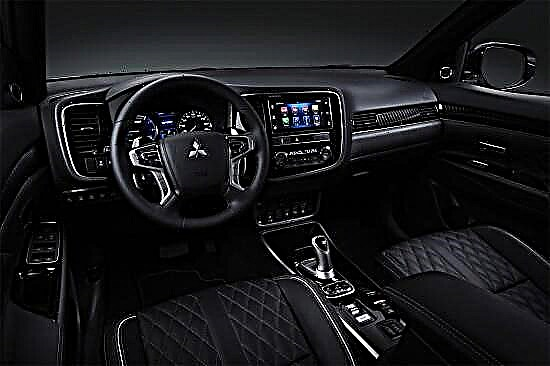Mitsubishi Outlander PHEV is an all-wheel drive five-door SUV of the mid-size category, which the Japanese themselves call "an electric car with an extended range" (but in reality it is a plug-in hybrid) ... The main target audience of the car is middle-aged men and women living in large cities, who practice an active lifestyle and periodically leave the city limits ...

The serial gasoline-electric crossover, built on the basis of the standard third-generation model, was first demonstrated to the world public in the fall of 2012 at the International Paris Motor Show, but only reached the Russian market two years later.

In April 2015, at the stands of the motor show in New York, the debut of a restyled hybrid took place, which was thoroughly transformed inside and out and received new equipment.

However, the Japanese decided on the technical modernization of the five-door only in March 2018 - having presented "the fruits of their work" at the Geneva automobile show.
After the upgrade, the off-road vehicle retained the combined parallel and sequential scheme of the hybrid drive, but at the same time it was "armed" with a new, more efficient gasoline engine, added in "range" and acquired additional modes of the transmission system.
Externally, the hybrid Mitsubishi Outlander PHEV is almost indistinguishable from the usual Mitsubishi Outlander (3rd generation). Its peculiarity lies only in the height of the ground clearance - which in the "hybrid" is reduced by 15 mm (to the mark of 190 mm) due to the installation of a battery located under the floor ... and even in the presence of a special nameplate on the trunk lid.

The hybrid "Outlander" is 4695 mm long, of which 2760 mm falls on the center distance, reaches 1800 mm in width, and does not go beyond 1680 mm in height.
When equipped, the five-door weighs 1810 kg, and its gross weight is 2310 kg.

The interior design of the Mitsubishi Outlander PHEV is also "licked" from the usual version of the crossover, but at the same time the Japanese installed a different dashboard, added "hybrid" controls to the center console, and also significantly improved noise isolation so that extraneous sounds would not sound in the cabin. the crossover is simply muffled by the operation of the motor.
The switch to hybrid traction forced the developers to sacrifice the trunk volume, the capacity of which was reduced to 463 liters. In addition, the volume of the fuel tank has been reduced by 10 liters.

The main feature of the Mitsubishi Outlander PHEV is the power plant, which has a combined parallel and sequential principle of operation. This means that at low speed, power is supplied to the wheels exclusively from electric motors (one installed on each axle), and the internal combustion engine only recharges the traction battery. However, at speeds from 65 to 120 km / h (it all depends on the degree of load), the electronics blocks the clutch, and the gasoline "aspirated" comes into play, turning the front wheels through a single-stage gearbox and thereby helping the electric motors.
Speaking directly about the technical stuffing, the pre-styling Mitsubishi Outlander PHEV is driven by a four-cylinder 2.0-liter gasoline unit that generates 121 horsepower and 186 Nm of torque, as well as two synchronous electric motors with permanent magnets: the front one develops 82 hp. ... and 137 Nm of peak thrust, and the rear - 82 HP and 195 Nm.
The car is equipped with a 12 kW * h lithium-ion battery, the full charge time of which is about 5 hours from the household network and no more than 30 minutes to 80% of the capacity at fast charging stations.
As a result, the "double-moving" crossover is able to accelerate from 0 to 100 km / h in 11 seconds to conquer 170 km / h as much as possible. On electric traction alone, the "Japanese" can travel about 55 km, accelerating to 120 km / h.
The total cruising range without refueling (according to the manufacturer) is exactly 875 km.

As for the restyled Mitsubishi Outlander PHEV, it has a similar power plant layout, but its other components. The leading role here is assigned to the 2.4-liter "four" (its output has not yet been named), operating according to the Atkinson cycle, together with which the 82-horsepower front and 90-horsepower rear electric motors, as well as a lithium-ion traction battery with a capacity of 13.8 kW *hour. Such improvements made the car more dynamic and "more autonomous", but the Japanese did not report the exact figures.
Mitsubishi Outlander PHEV is built on the chassis of a conventional crossover, but using the Twin Motor 4WD electric drive, which is combined with the S-AWC all-wheel drive system, from which the propeller shaft is removed.
The hybrid is equipped with independent suspensions of both axles (MacPherson struts at the front and multi-link at the rear), adaptive electric power steering and disc brakes "in a circle" (ventilated on the front axle). In addition, the car is equipped with a transmission control system with four operating modes - "Normal", "4WD Lock", "Snow" and "Sport" (they change the sensitivity of the traction control technology and the accelerator pedal).
In the Russian market, the Mitsubishi Outlander PHEV is not officially sold in 2018, but in the countries of the Old World (for example, in Germany) it can be bought at a price of 39,990 euros (~ 2.8 million rubles).
In terms of standard and optional equipment, the car is not much different from the standard "brother".

